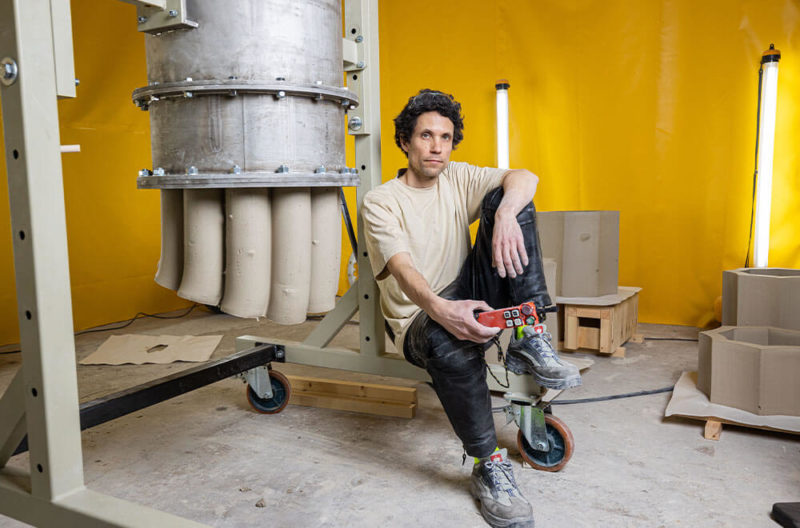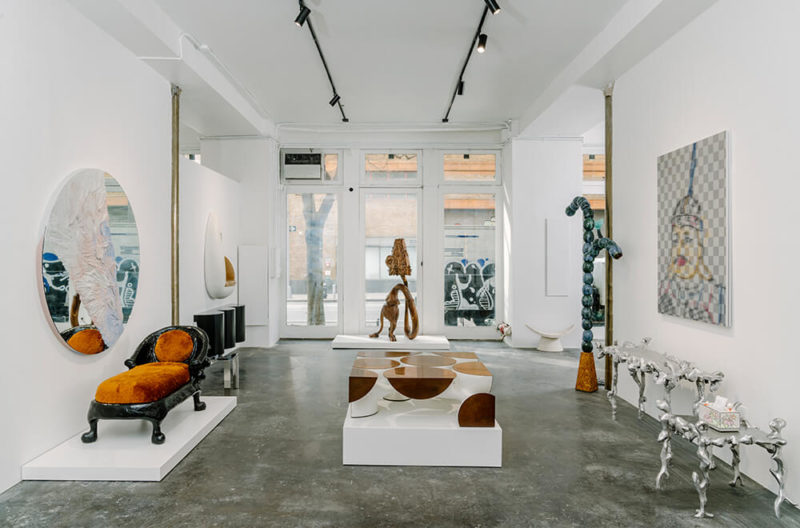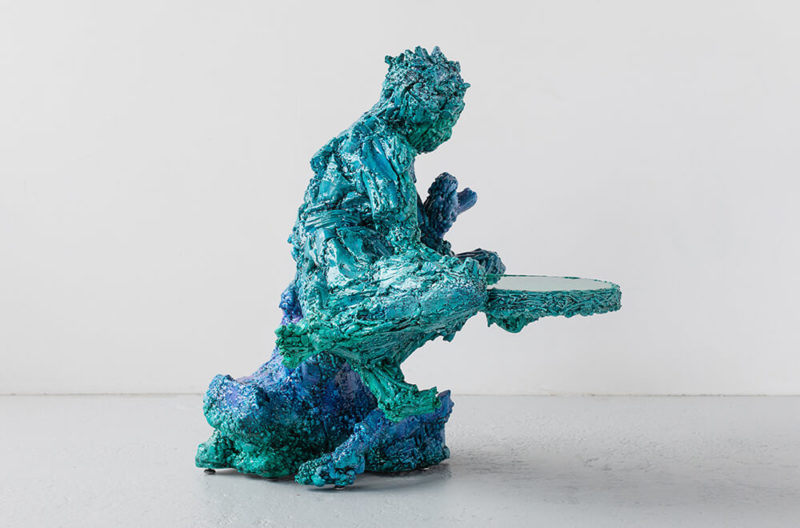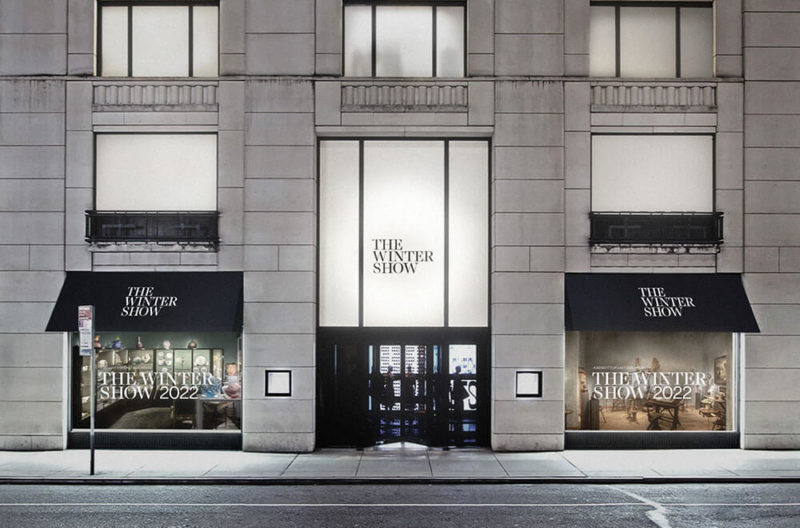Paris Dispatch / April 2022
The varied furniture of Frank Lloyd Wright, Venetian-inspired glassworks and the colourful ceramics of Alice Gavalet, on view this spring.
‘Frank Lloyd Wright’
Galerie Alexandre Guillemain
Until 30th April 2022
‘Simone Crestani: Façon de Venise’
Galerie Scène Ouverte
Until 30th April 2022
‘Alice Gavalet’
Galerie Italienne
Until 9th April 2022
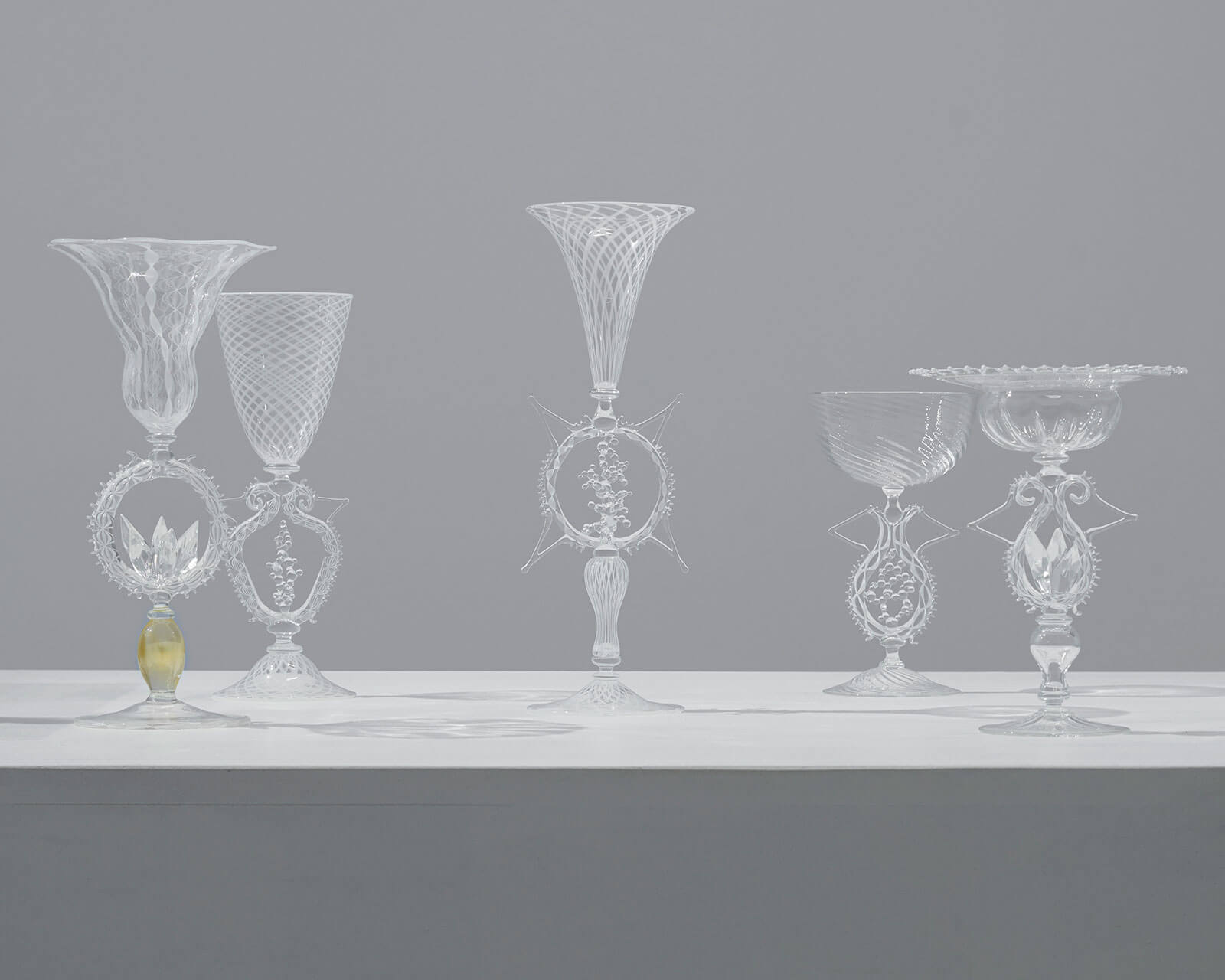
Installation view ‘Simone Crestani: Façon de Venise’
COURTESY: Galerie Scène Ouverte
MEANDERING THROUGH PARISIAN design galleries always offers a rich learning experience – from encountering furniture created by celebrated architects, to discovering innovative works by young talents. This month is no exception. At Galerie Alexandre Guillemain in Saint-Germain-des-Prés, there’s a rare opportunity to discover a range of early-to-mid twentieth-century furniture by the American architect Frank Lloyd Wright.
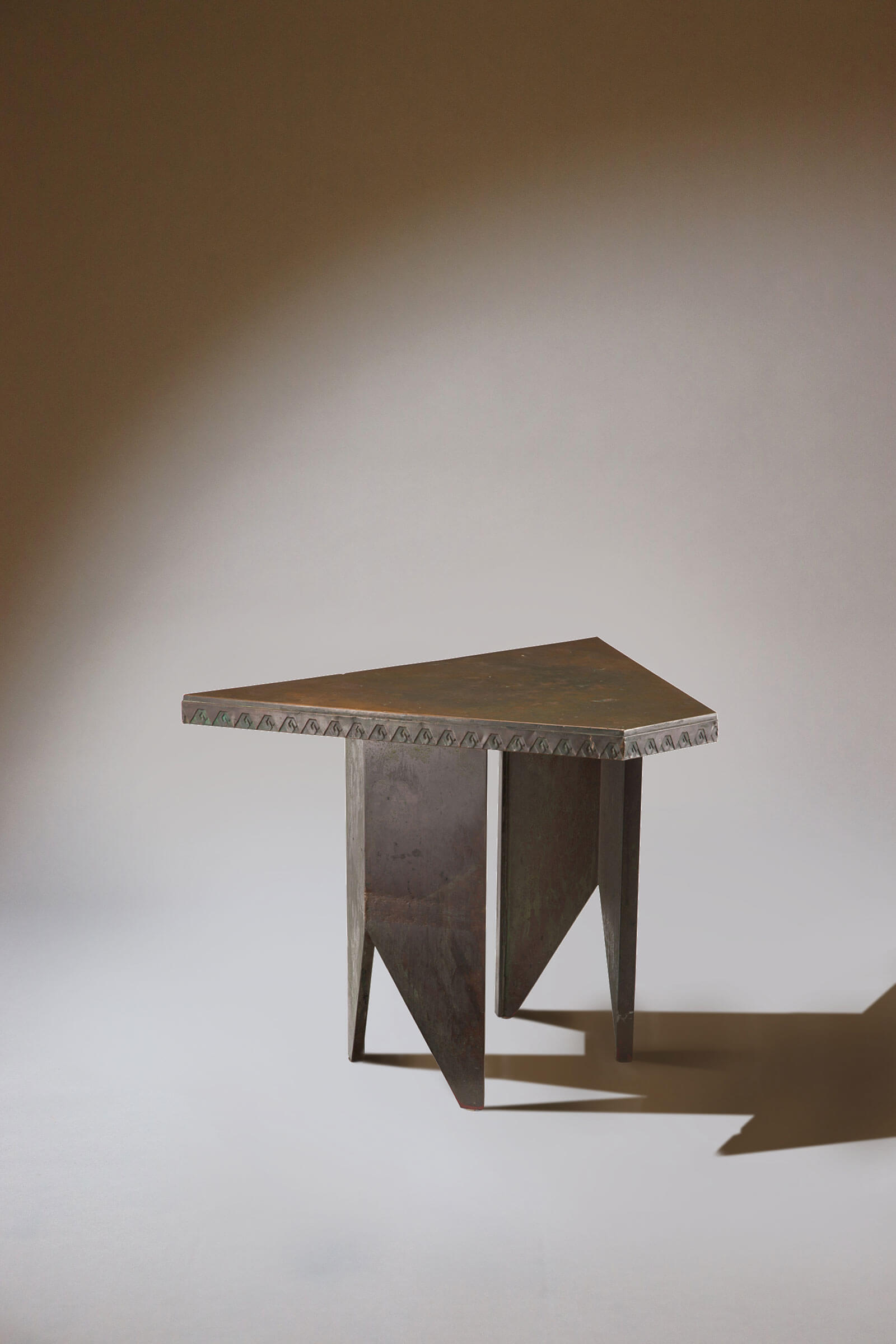
Frank Lloyd Wright, ‘Console Price Tower’, 1956
COURTESY: Galerie Alexandre Guillemain
A few streets away at Galerie Scène Ouverte, the inaugural exhibition of Italian artist Simone Crestani has recently opened, showing his contemporary glassware that revisits Venetian traditions. Finally, across the Seine at Galerie Italienne, Alice Gavalet presents her first solo exhibition of highly personable, idiosyncratic colourful ceramics.
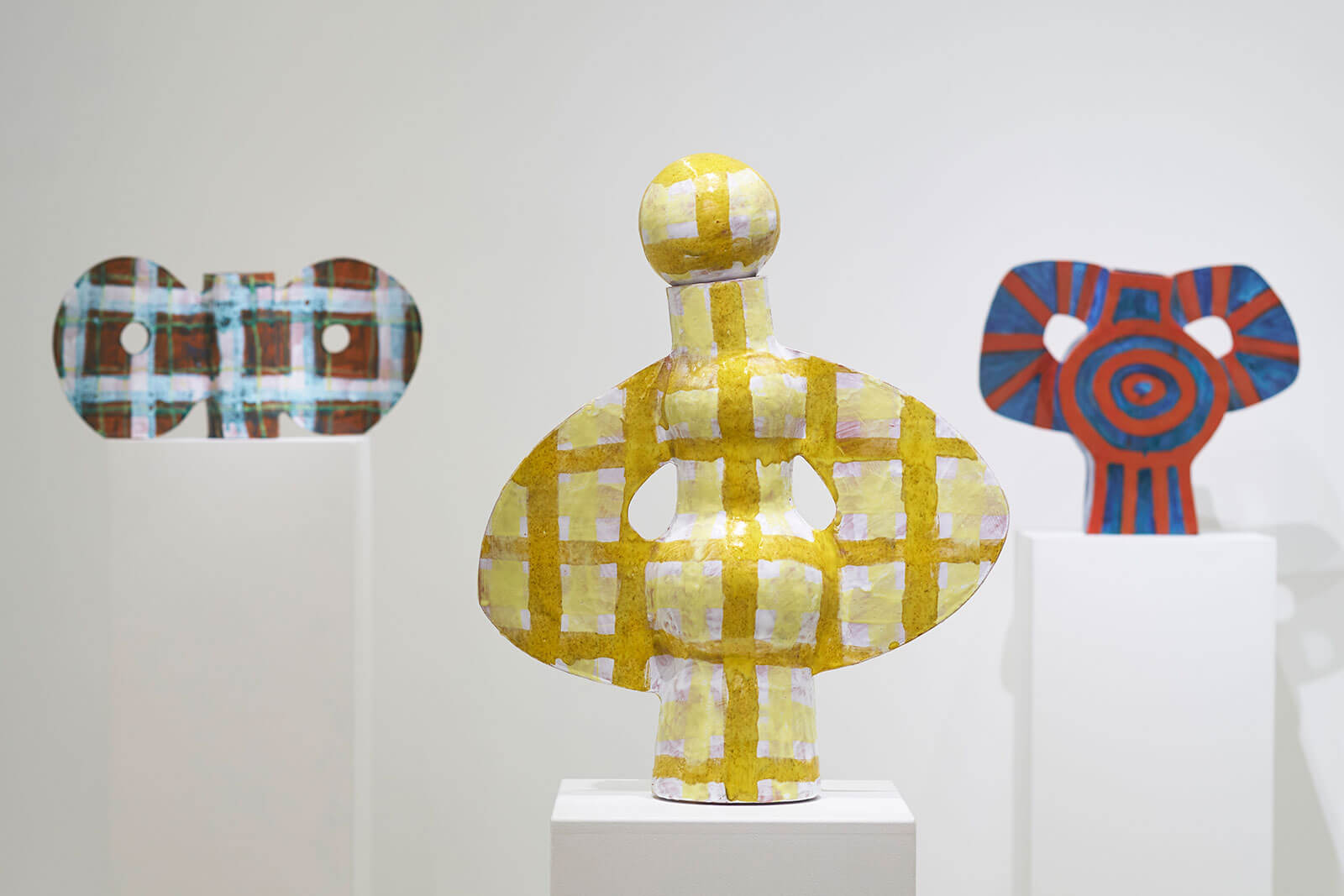
Installation view ‘Alice Gavalet’
COURTESY: © Galerie Italienne
Frank Lloyd Wright at Galerie Alexandre Guillemain
A carefully curated showcase of furniture and lamps by the American architect Frank Lloyd Wright has opened at Galerie Alexandre Guillemain. Around 30 works exemplifying how Wright considered furnishings and decorative arts as integral elements of his interior projects are assembled in the Left Bank space. The gallery claims it is the first European exhibition dedicated to Wright’s furniture.
Wright believed that “a dwelling place” should be “a complete work of art” and sought harmony in each specific commission. Among the highlights is a radical lamp that Wright created for the Francis Little House in Minnesota in 1914. With pieces of grey painted wood projecting horizontally and vertically around a frosted cube, it was originally an exterior light fixture. An identical piece, presented by Guillemain, has recently won this year’s Twentieth-Century Design Prize at PAD.
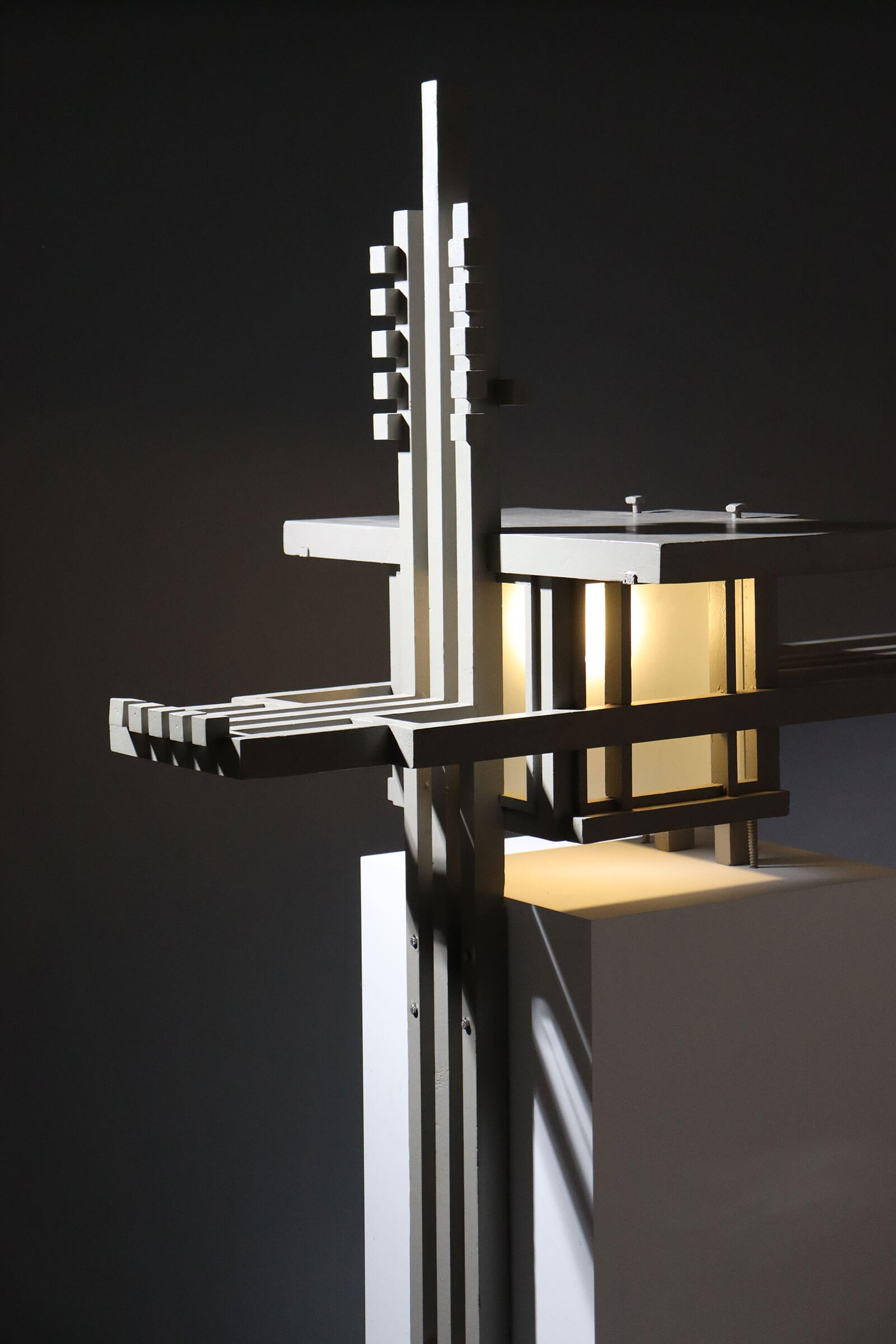
Frank Lloyd Wright, ‘Lampe Francis Little House’, 1914
COURTESY: Galerie Alexandre Guillemain
‘The Little House’ embodied Wright’s bold Prairie style – a pioneering approach to domestic architecture that was inspired by the flat landscape of America’s Midwest. Also in Wright’s Prairie style was the ‘Avery Coonley Playhouse’, a private schoolhouse in a suburb of Chicago. On view is a slatted-back, wooden chair created for this project in 1912.
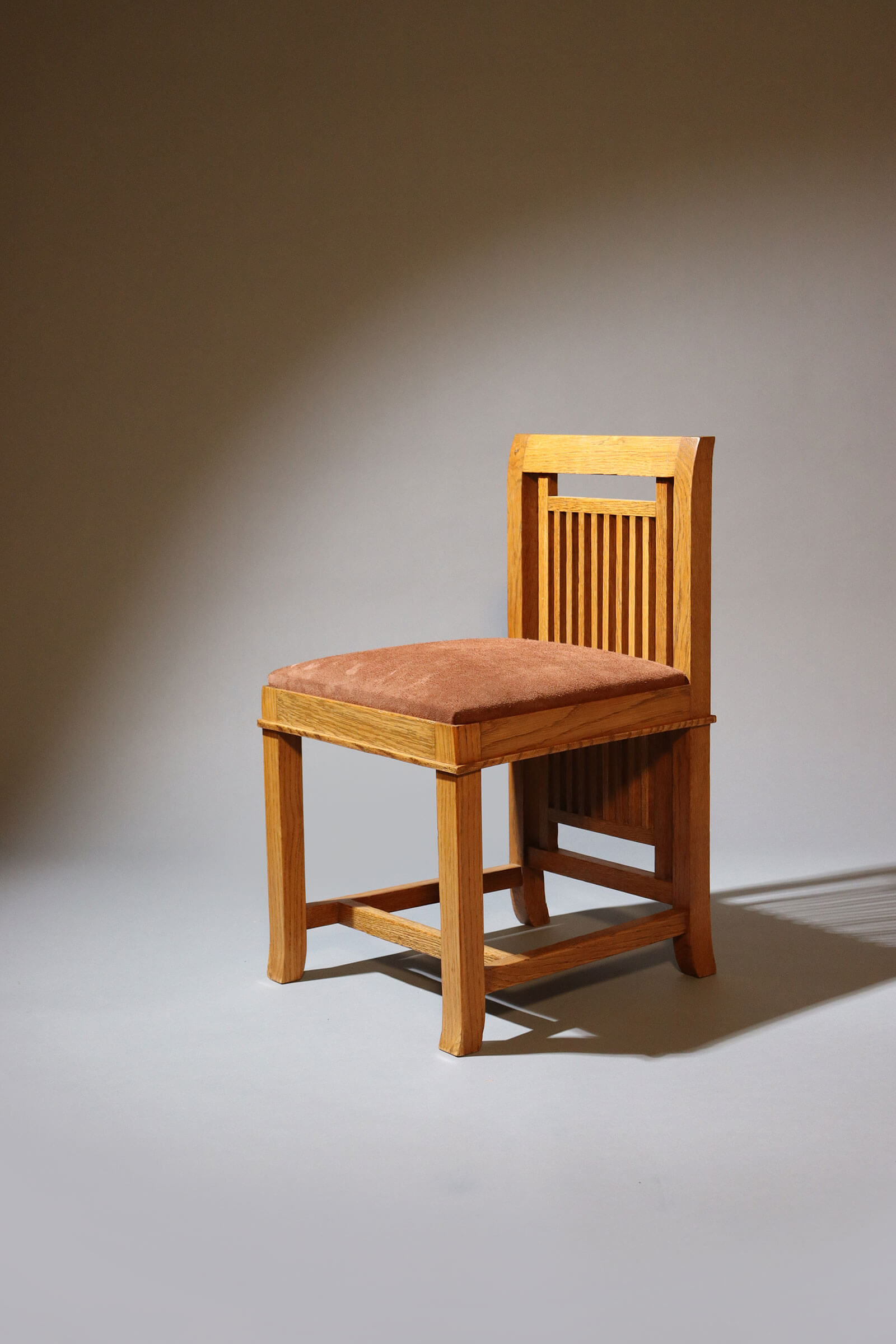
Frank Lloyd Wright, ‘Chaise Avery Coonley Playhouse’, 1912
COURTESY: Galerie Alexandre Guillemain
Works from around five decades are gathered. Greeting visitors is a congregation chair made in 1908 for Unity Temple which Wright, the son of a preacher, was commissioned to conceive after a previous church had burnt down. Characterised by a high, slanting back panel and strict, planar construction, it reflects Wright’s early design language. What is fascinating is how Wright’s furniture subsequently evolved.

Frank Lloyd Wright, ‘Chaise Unity Temple’, 1908
COURTESY: Galerie Alexandre Guillemain
His chair that he made in 1939 for The Sondern House, commissioned by Clarence Sondern in Kansas City, features interlocking, diagonal wooden panels and is slightly more elegant in style.
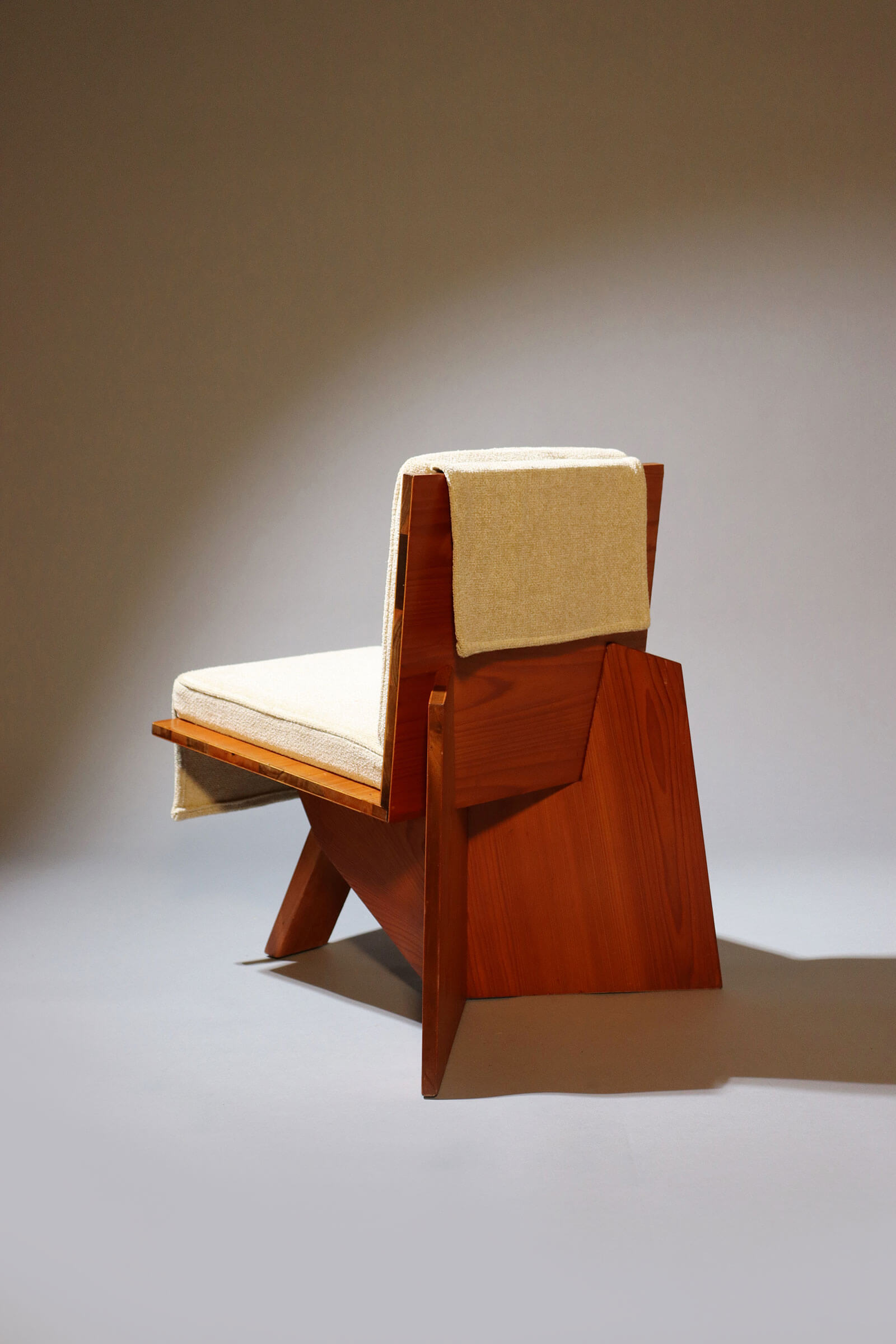
Frank Lloyd Wright, ‘Chauffeuse Clarence Sondern House’, 1939
COURTESY: Galerie Alexandre Guillemain
Indeed, Wright embraced rigorous, geometric precision. This is also seen in the hexagonal aluminium chair upholstered in cream fabric and the copper table, dating from 1956, for the Price Tower in Oklahoma.
Besides the array of pieces are several architectural plans, including one of Fallingwater, the house he designed for Edgar J. Kaufmann, which rises over a waterfall in Pennsylvania, and ranks among Wright’s eight buildings inscribed on UNESCO’s World Heritage List.
Certainly, the exhibition offers a welcome insight into Wright’s holistic vision and the lesser-known role that furniture played in his projects.
‘Simone Crestani: Façon de Venise’ at Galerie Scène Ouverte
In the white-walled space of Galerie Scène Ouverte in Saint-Germain-des-Prés is an enchanted glass wonderland created by Italian artist Simone Crestani.
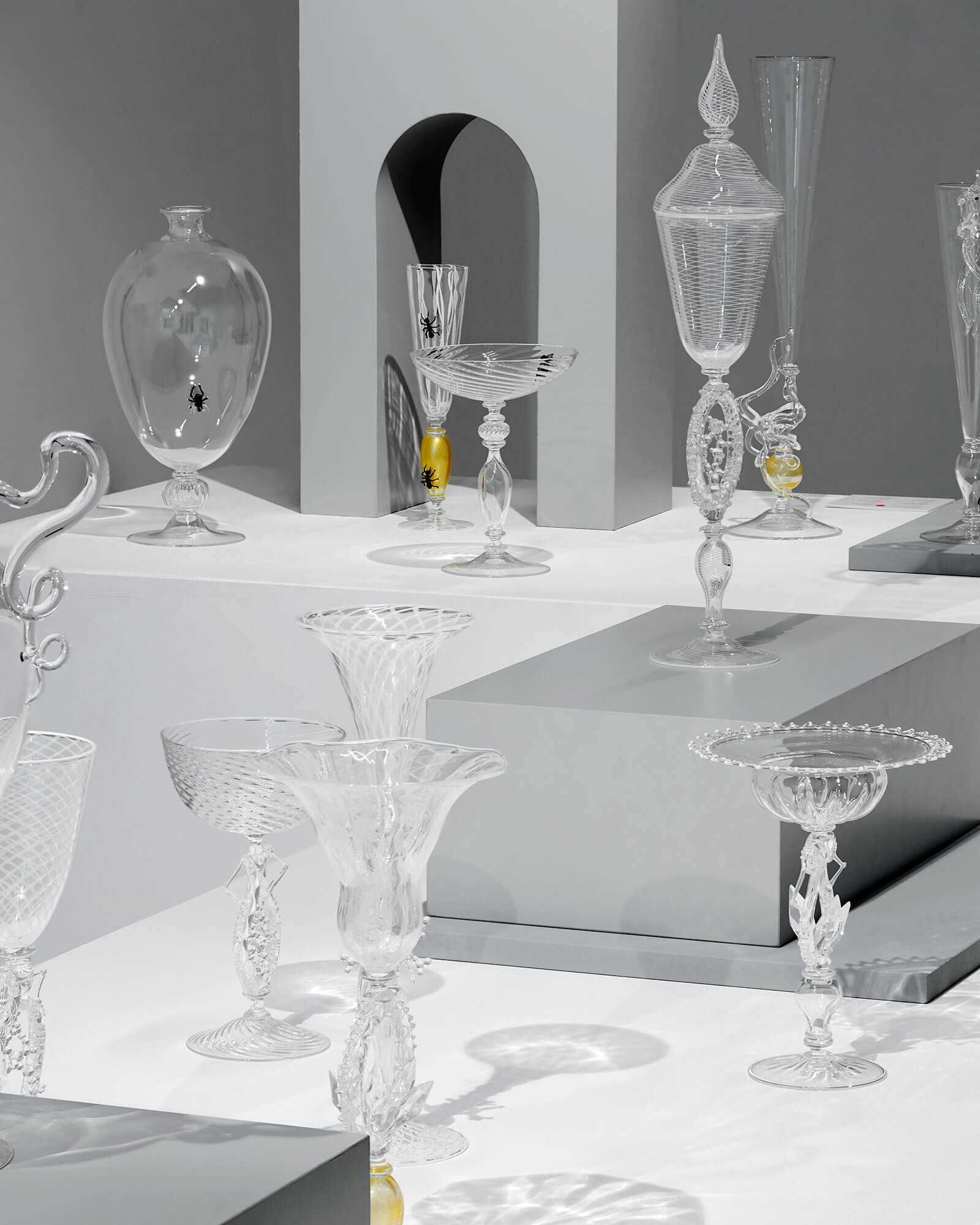
Installation view ‘Simone Crestani: Façon de Venise’
COURTESY: Galerie Scène Ouverte
The first impression offers a sense of déjà-vu, recalling the extraordinary, centuries-old glassblowing craftsmanship and savoir-faire passed on from generation to generation on the island of Murano in the Venetian lagoon. The relationship to this rich Venetian history is immediately evident in Crestani’s exhibition.
Based in Vicenza, a mainland town in the Veneto region, Crestani has been working with glass for 20 years and set up his own studio in 2010. Until now, he has focussed on contemporary glassworks. But when Scène Ouverte’s founder Laurence Bonnel invited him to prepare a show after discovering his work on Instagram, he decided to delve into Venetian heritage. “My research was about rediscovering the golden age of Venetian glass in the fifteenth and sixteenth centuries and trying to translate it with my technique and adding another story,” says Crestani, who produced the pieces over a three-year period.
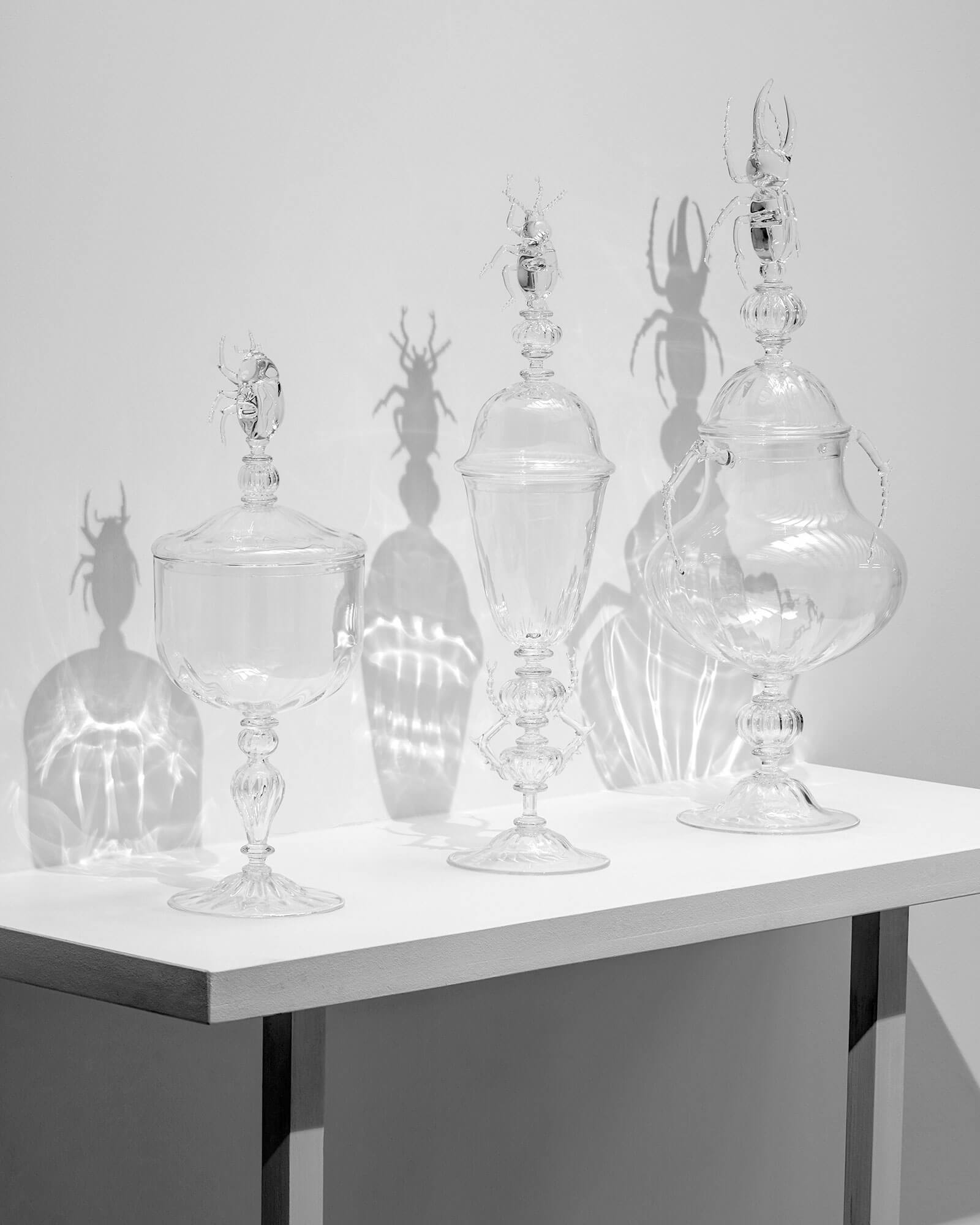
Installation view ‘Simone Crestani: Façon de Venise’
COURTESY: Galerie Scène Ouverte
Several “families” of glassworks – all in clear glass, in homage to its invention in the fifteenth century – are on view. Each piece was entirely hand blown and took up to three weeks of trial and error in order to reach perfection.
Crestani pored over numerous books in order to glean ideas that would become distilled into his work. Incredibly intricate, the super-thin, patterned goblets adorned with tiny bubbles and crystals refer to how a weight-tax was imposed on glass objects, which motivated the glassblowers to create lighter works.
Elsewhere, a group of glasses topped with black crosses and birds, such as an owl and a crow, were inspired by reliquaries. Other pieces ornamented with insects and antlers reference vanitas paintings that evoke the transience of life.
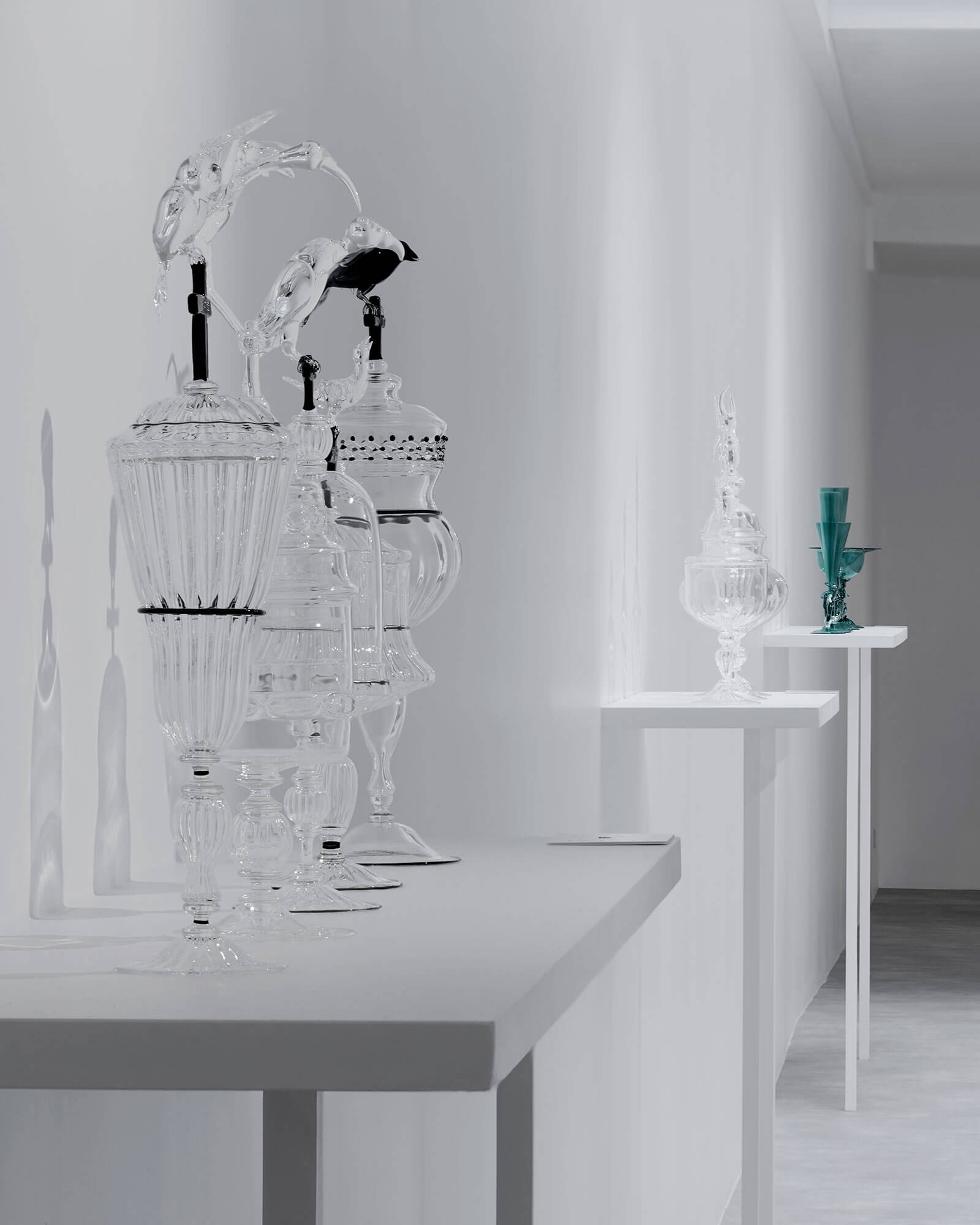
Installation view ‘Simone Crestani: Façon de Venise’
COURTESY: Galerie Scène Ouverte
Great curatorial care has been taken to present the pieces. A white podium laden with grey blocks supports the main display, while other objects are exhibited on consoles.
Alice Gavalet at Galerie Italienne
A colourful crowd of characters, in the form of ceramic vases and side tables, fills the Galerie Italienne on Rue du Louvre. This is the first solo exhibition of works by French ceramicist Alice Gavalet, following her participation in the gallery’s group show, ‘Ceramics Now!’ last year.
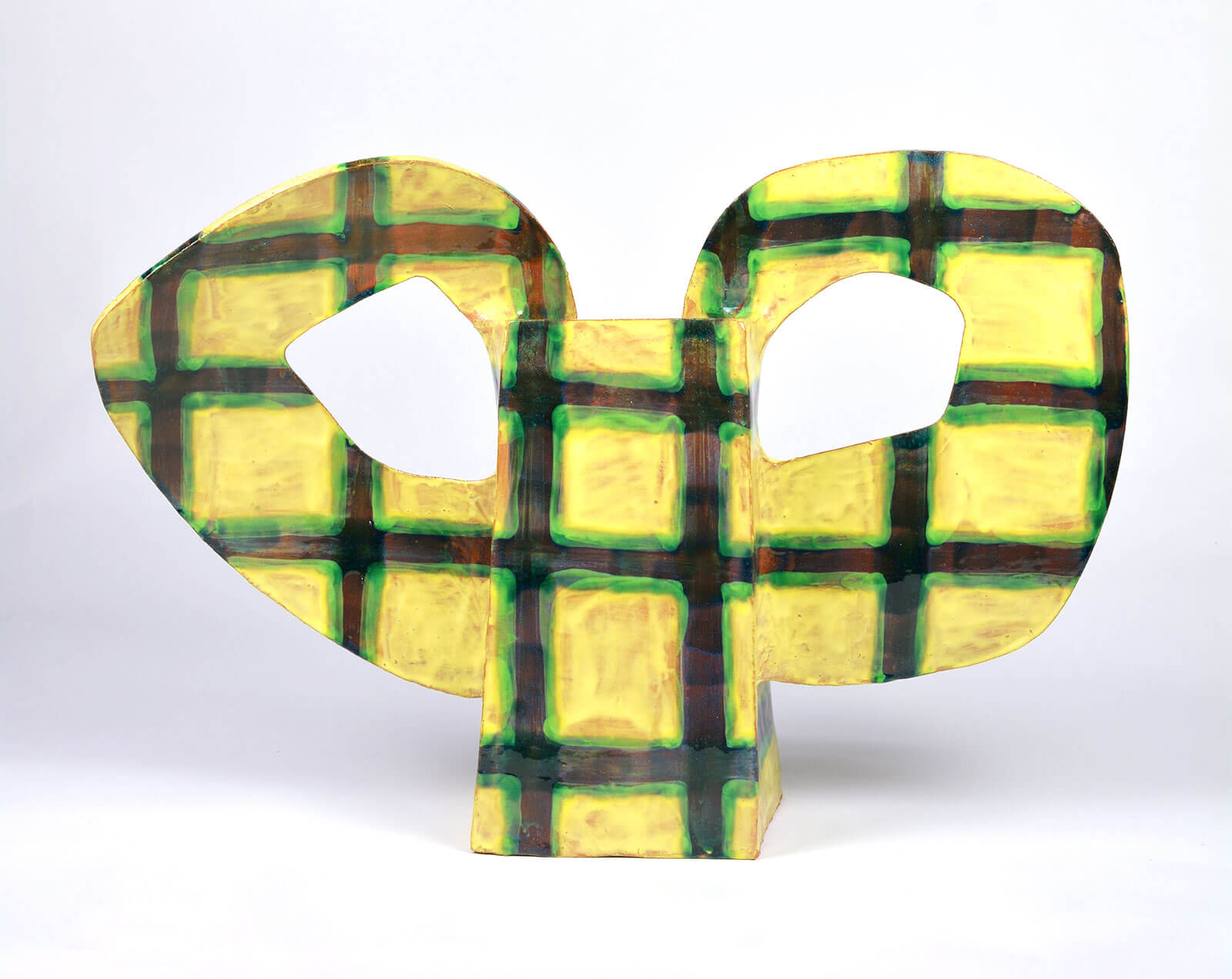
Alice Gavalet, ‘Untitled’, 2022
COURTESY: © Galerie Italienne
“I wanted to have a joyful abundance of pieces and for each of them to be different and have its own personality,” Gavalet says. “It’s like a game: I love playing with colours and layering them. I had five months to prepare the exhibition and worked very fast. There was a lot of pressure because of how large the gallery is and I was a bit anxious about being able to fill the space, so I tested out new ideas.”
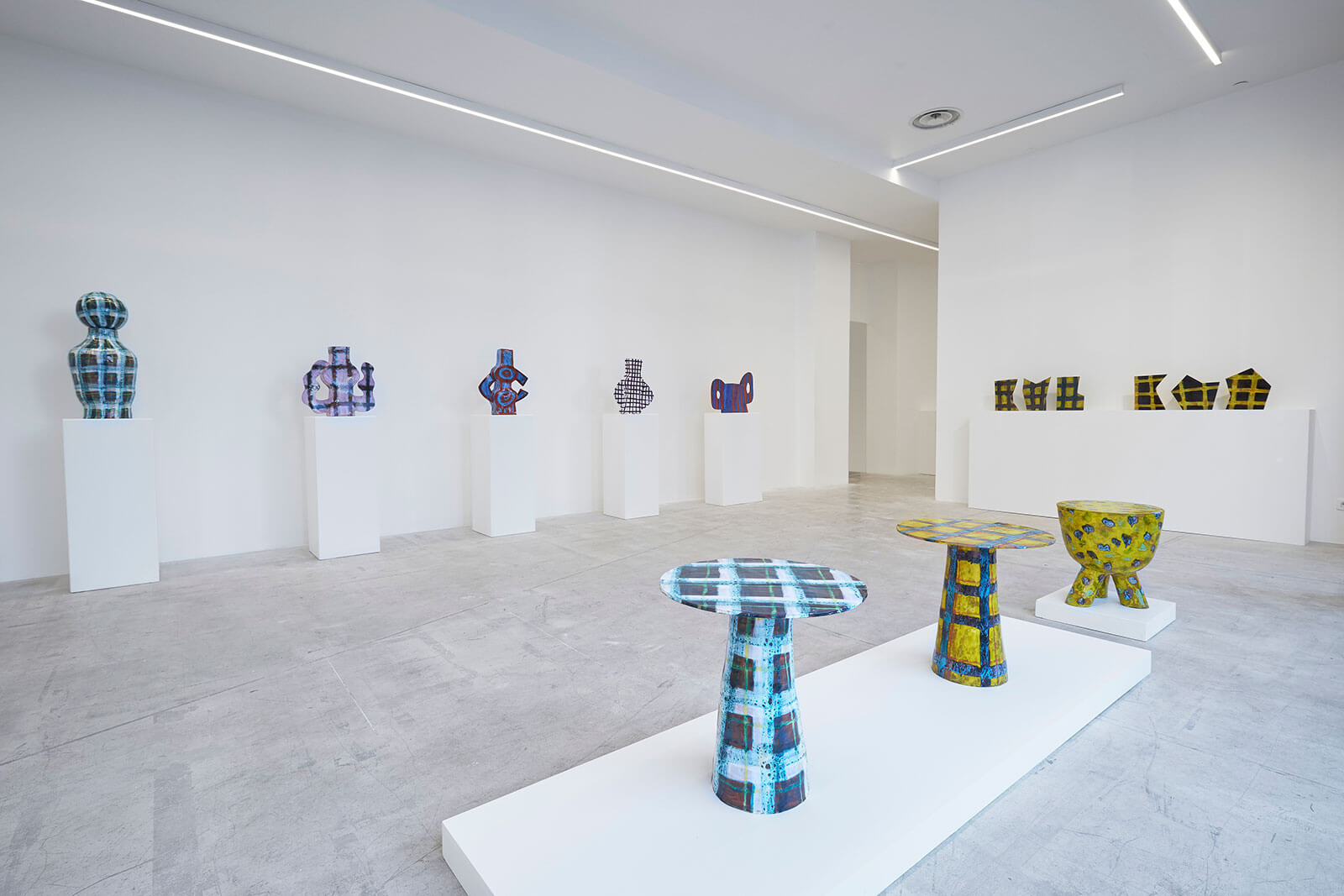
Installation view ‘Alice Gavalet’
COURTESY: © Galerie Italienne
What’s striking is the bold combination of colours in the striped and tartan patterns. While Gavalet has explored striped motifs before, this is the first time she has experimented with tartan. The side tables, which Gavalet initially envisaged as plinths for the vases, later evolved into pieces “that exist as themselves”, she notes.
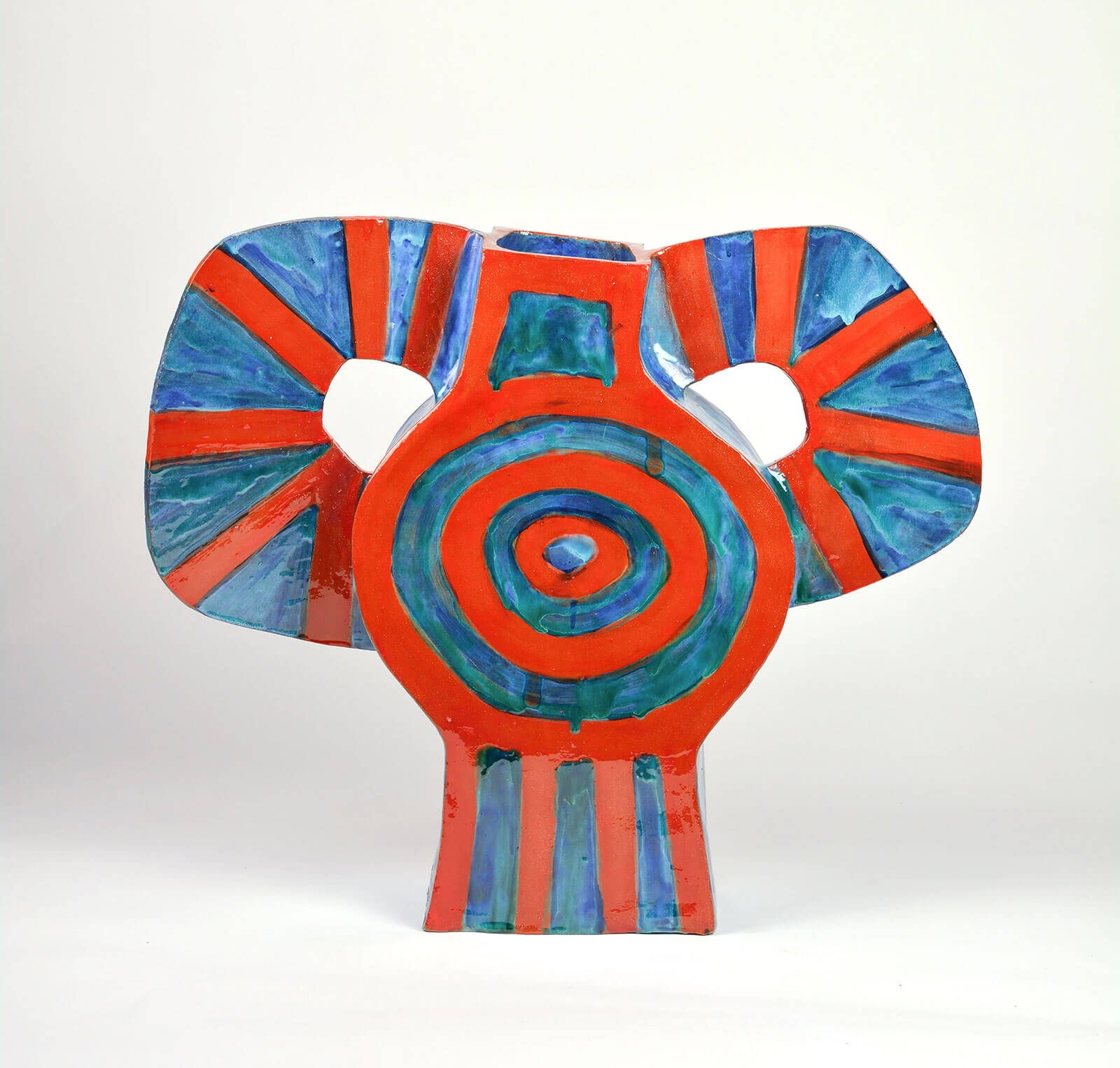
Alice Gavalet, ‘Untitled’, 2022
COURTESY: © Galerie Italienne
Based in Nogent-sur-Marne, just southeast of Paris, Gavalet studied at the Ecole nationale supérieure des Arts Décoratifs in Paris. After designing tableware for Kenzo and Givenchy, she began working for the designer Elizabeth Garouste. Inevitably perhaps, given her experience with fashion brands, Gavalet makes drawings and models before starting her ceramics. Whilst leaving little to improvisation, she says that “it’s always a surprise” to see how the glazed enamel turns out at the end of the firing process.
Gavalet has been making ceramics for 25 years. Observing the return to craftsmanship, she remarks, “Previously, nobody was interested in making ceramics; it’s funny to see the evolution and how everybody is interested in it now.”
‘Frank Lloyd Wright’ is at Galerie Alexandre Guillemain, 18 Rue Guénégaud, 75006 Paris. POA.
Simone Crestani: Façon de Venise’ is at Galerie Scène Ouverte, 72 rue Mazarine, 75006 Paris. Prices range from €500-€6,000.
‘Alice Gavalet’ is at Galerie Italienne, 15 rue du Louvre, 75001 Paris. Prices range from €4,000-€7,000.




